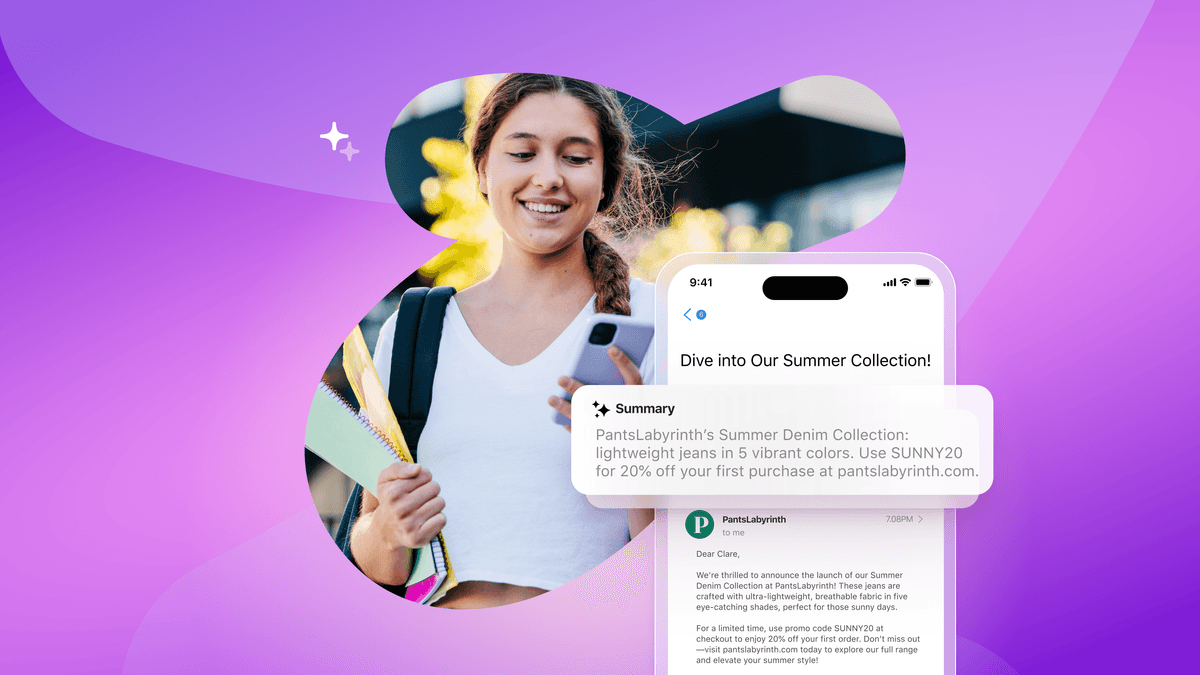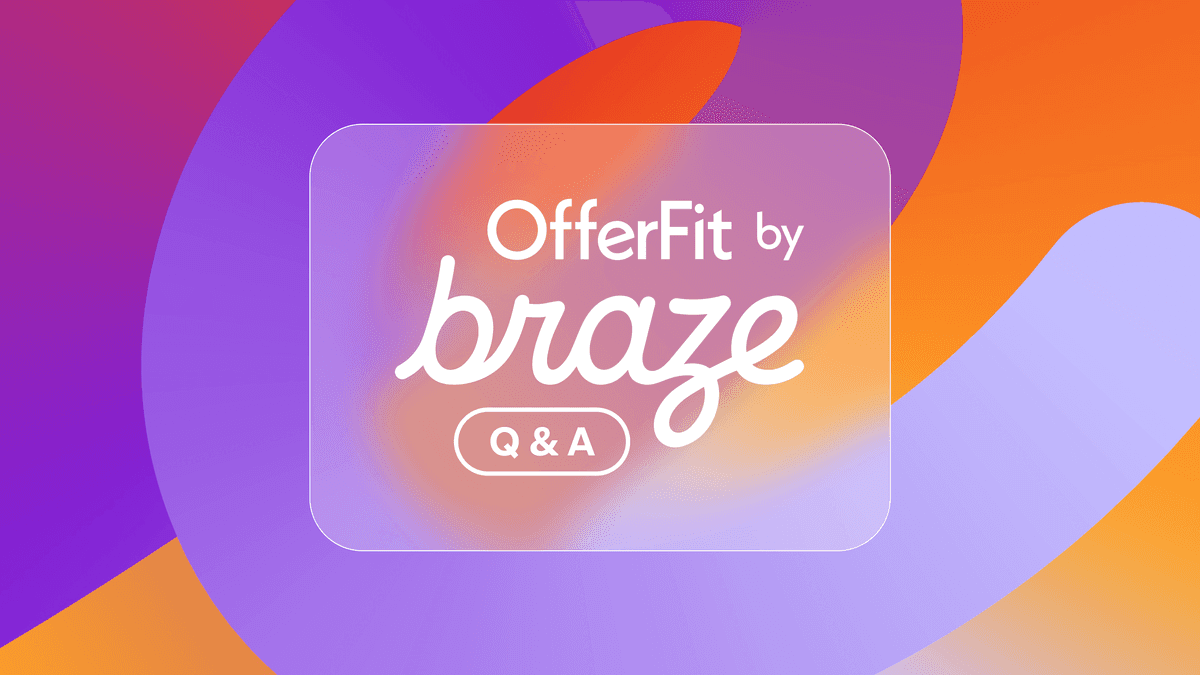The Pros Agree: Engagement Is the Most Important Task in Mobile
Published on January 03, 2016/Last edited on January 03, 2016/5 min read


Team Braze
It can now cost over $3.50 to acquire a new, loyal app user (defined as a user who downloads and opens an app three times), which is a 125% increase year over year from November 2014. Compare this to the average cost per install on iOS ($1.54) and Android ($2.27), and it’s obvious that brands are spending dough on customers who then just never come back.
This means engagement is undeniably more important than ever. Allison Schiff who covers mobile, cross-screen, and the app economy for adexchanger.com, says, once “users are acquired, however that happens, a developer’s foremost task is to keep them using, especially as the cost of acquisition rises.”
Whatever engagement metrics are most important to your brand, the biggest companies in our industry have a thing or two to say about how to approach your engagement strategy. The bottom line is, if your app adds value to a customer’s life, there will be people who keep coming back.
App downloads peak in January
Are you ready to engage those new users?
Happy New Year! Like diets and gym memberships, new data from AdMob by Google has shown that “app downloads and engagement peak” in January. That means you likely have plenty of new downloads to look forward to. Are you prepared to engage them once you’re in their devices?
The long and short of it is, people receive phones as gifts in December, and spend January loading them up with apps. In 2014, App Annie reported a 20% increase in downloads during the first month of the year, and AdMob reported a 30% increase in ad impressions.
So, how should you take advantage?
- Monetize your app with ads during high download and install times
- Get creative with your New Year-themed customizations to grab attention
- Monetize using demographic-based audience targeting, discounts, and interstitial ads
To read AdMob’s advice in more depth, check out their handy infographic.
“Mobile first” doesn’t always mean “app first”
Learn from the users who come to you through a mobile browser
Oliver Binisti, digital strategist for Adobe Marketing Cloud, shares that when it comes to mobile apps versus mobile sites, “initial contact and appetence for brand” happen first on the mobile site. Only then do users engage with an app, and from then on, their engagement happens primarily within the app.
So, where should businesses focus their priority? On app development and marketing, or mobile site optimization?
Binisti encourages brands to strengthen the experience users have at their first touch point, which is most commonly through a smartphone browser. “The first contact,” he says, is where you create, “a relationship with [your] customer, through a website optimized for mobile.” You need that experience to be solid.
From there, you can develop or optimize your app(s), based on the information you gleaned from paying attention to those first user touchpoints. How did users engage on the mobile site? What information did they seek out? Binisti says you’ll “be able to develop a deeper relationship [in the app] by bringing the utility to its target.”
Engagement extends to ads
Mobile ads should add value to the user experience
Amanda Parker, Cofounder and CEO of Uplettehas a few suggestions for integrating ads that enhance your user experience.
Your calls to action, “should change based on the diverse demographics, behaviors, and preferences that make up your audience, as well as correlate with the overall message of the campaign to make for a seamless user experience.”
Ad content that encourages the user to engage directly with the brand tends to be successful. Parker says, “Smart video and game-like ads have been found to be some of the most effective ad formats for mobile engagement.”
Parker also advises campaign managers and designers to understand where users are coming from before they get to the ad, and likewise, have a sense of where they’ll end up once they click on the ad, “because that will greatly impact their response to a campaign.”
Enlist users to create app-enhancing content
Boost engagement with user contributions
Trivia Crack was the most downloaded app in the Apple App Store in late 2014. With that many users, it was tough to keep up with the demand for new, interesting content. To meet demand, and to keep trivia questions fun, current, interesting, and challenging, Trivia Crack created a “Question Factory” within its app.
How does it work? “Users can suggest their own questions and rate and review questions submitted by other members of the Trivia Crack community. […] Once 100 people have upvoted a particular question, it enters the system. If not, it gets tossed onto the dust heap.” Trivia Crack now sees around 500 million impressions per day.
Opportunities in passive engagement
Passively collected data can be of later use to the customer
Semil Shah, a TechCrunch columnist and investor, suggests that one key to engagement is to move away from push, and instead, “let apps just run like gears in the background after download,” to collect data. “We wouldn’t have to open the app all the time and input information. We may occasionally go back into the app to see how our data is presented, or search for something in the past, but it wouldn’t require daily or even weekly active uses.”
He cites apps like Heyday, which captures your movements and photos and arranges them into an instantaneous scrapbook-like arrangement so that you, “never forget another day of your life.” Or, Automatic, which tracks your driving habits in order to help you diagnose car problems, should they arise, or to help you find your car if you forget where you parked.
With these apps, the customer may or may not have use for the data that the app automatically collects, so it’s a bit of a long game. If and when the user does have a need, the information will be there. On the gears-running-in-the-background theme, Shah suggests that these gears could potentially make other systems run in the future, or even make other systems possible, and, “in that way, become platforms.” Food for thought.
Be Absolutely Engaging.™
Sign up for regular updates from Braze.
Related Content
View the Blog
How Android 16 and iOS 26 are reshaping customer engagement

Haley Trost

Proven customer retention strategies for building loyalty and reducing churn
July 02, 2025
Introducing OfferFit by Braze: Answering burning questions
